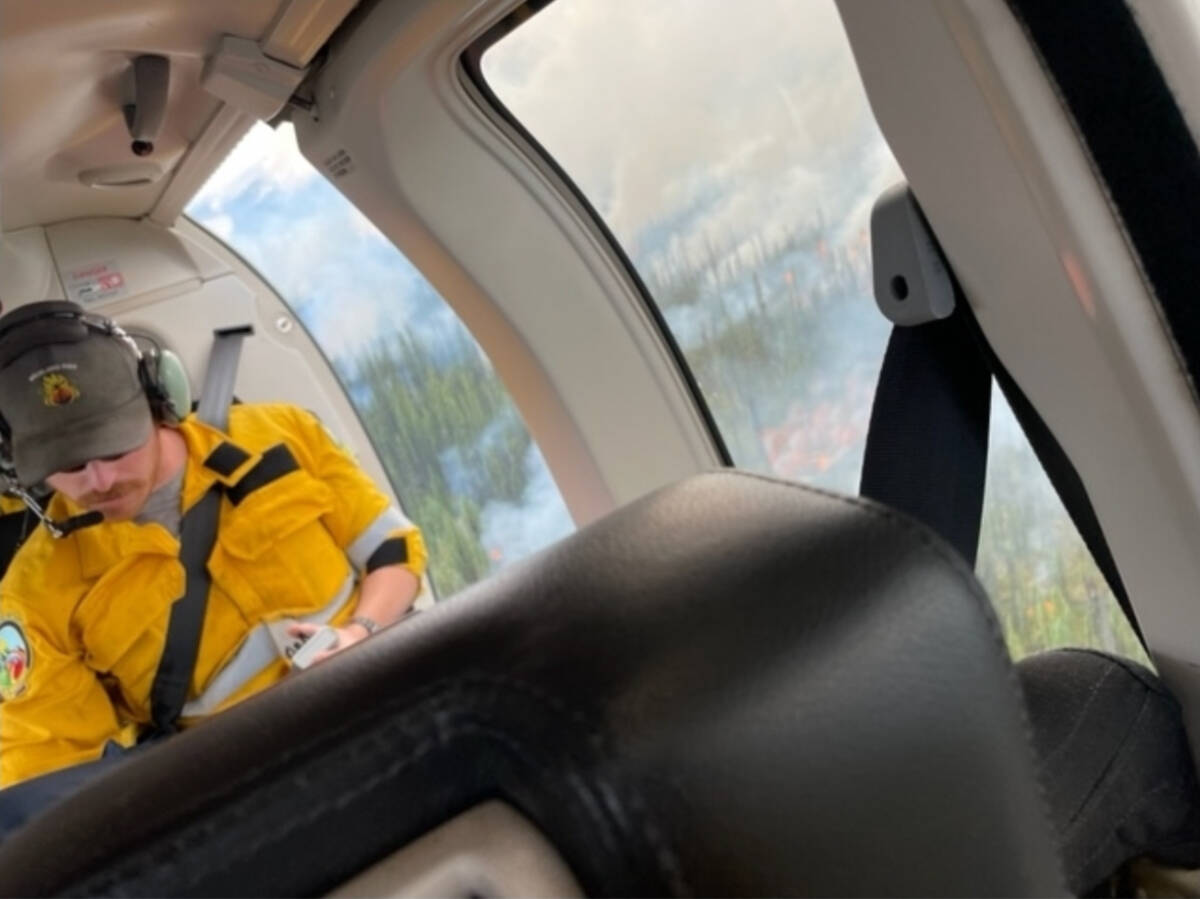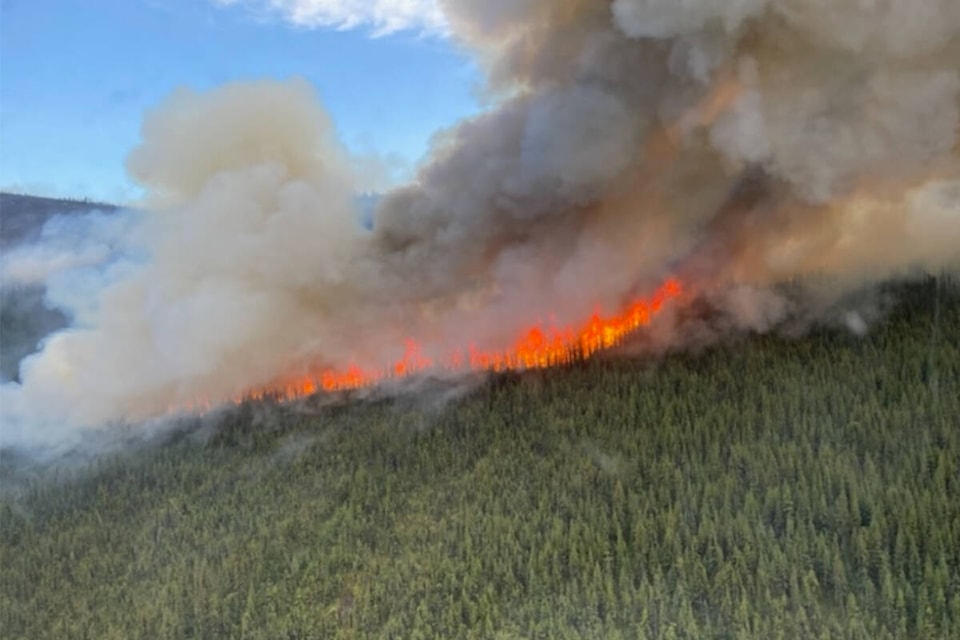This year’s budget for fighting wildfires is nearly $22 million, although that number could climb due to an extraordinary fire season, according to a fire official.
Fire information officer Mike Fancie of Yukon Wildland Fire Management said by email July 14 the $21.8 million budgeted for 2022/23 accounts for a “typical fire year” in the Yukon.
Fancie recognized that costs will grow in a “historic” year like this one.
“We have currently got about three-and-a-half times our 25-year average fire load,” he said.
The Canadian Interagency Forest Fire Centre’s online dashboard shows the average number of fires over the past 25 years is 74 with approximately 118,000 hectares burned.
As of July 18, the Yukon has seen 260 fires with close to 156,000 hectares burned. Of those, 16 new fires were reported over the weekend.
Fancie said some nuance is required for understanding the numbers given the fire season is still underway.

Over the past five years, Yukon Wildland Fire Management’s spending has ranged from $18 million in 2020/21 to $40 million in 2019/20.
“We are currently outpacing our five-year average, but projections of our final costs change quickly as major expenses like crew imports and aircraft contracts themselves change on short notice,” Fancie said.
He explained that provinces and territories share wildland fire resources, including crews, specialists, equipment and aircraft, based on rates set through the Canadian Interagency Forest Fire Centre arrangement.
The territory relies on the centre’s imports to bring in extra resources during busy fire seasons, and the costs are reconciled after the fire season.
More than 150 personnel from British Columbia have been brought up to the Yukon to assist in quelling the threat from wildfires burning near communities and major highways.
“The team is constantly evaluating resource needs, and will release out-of-territory crews as soon as they are no longer needed, which will change projected expenditures,” Fancie said.
Later in the season Yukon Wildland Fire Management looks to export its own crews or aircraft, which can contribute to reducing overall costs.
Contact Dana Hatherly at dana.hatherly@yukon-news.com
